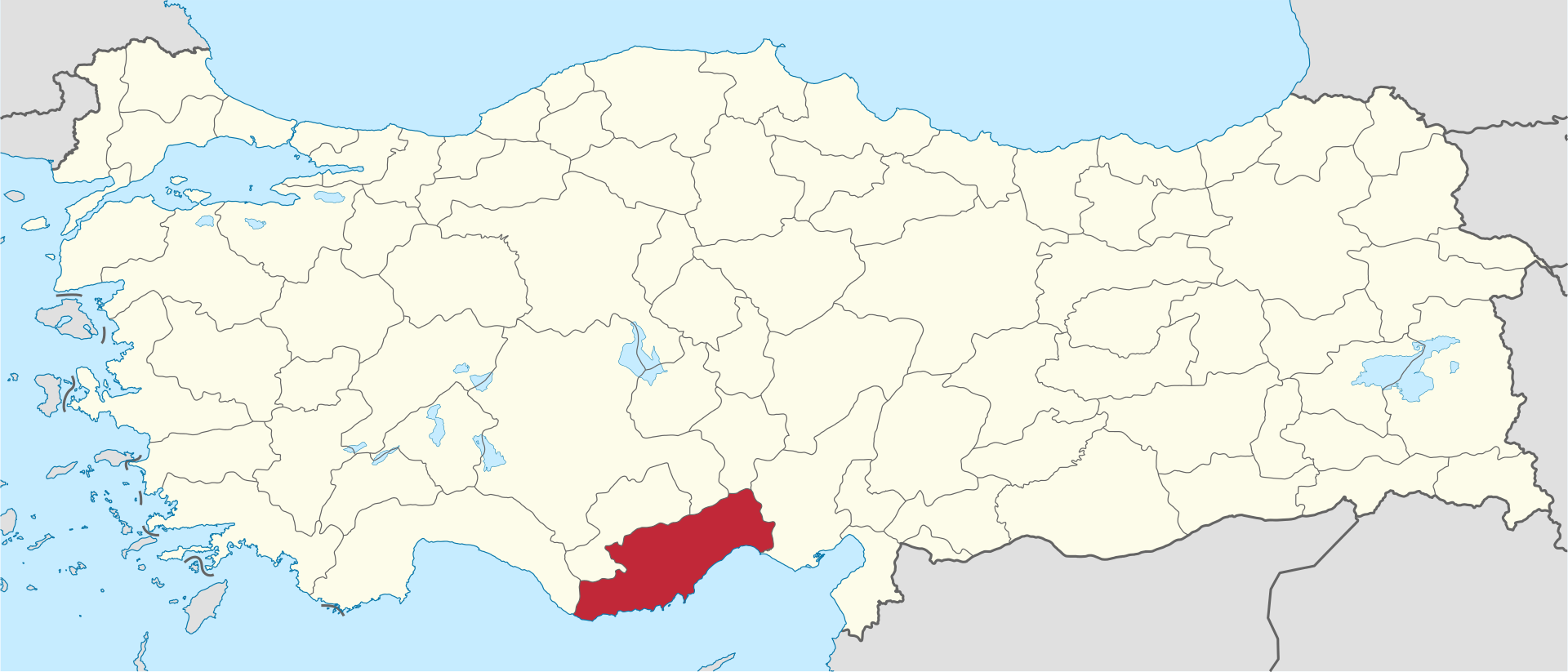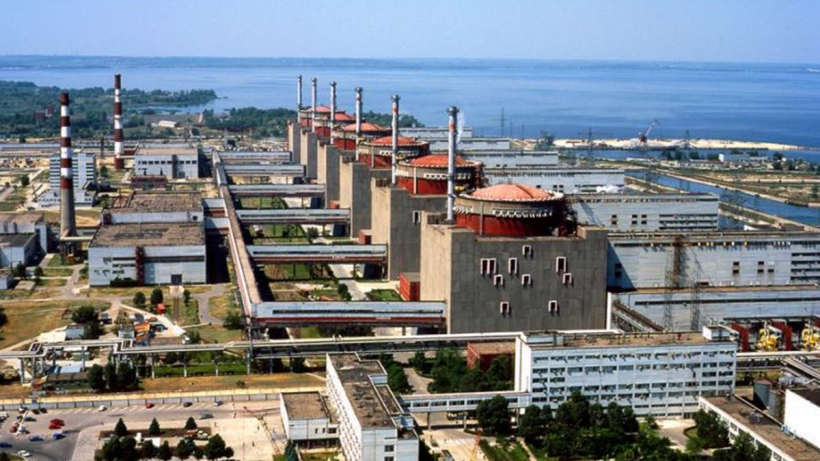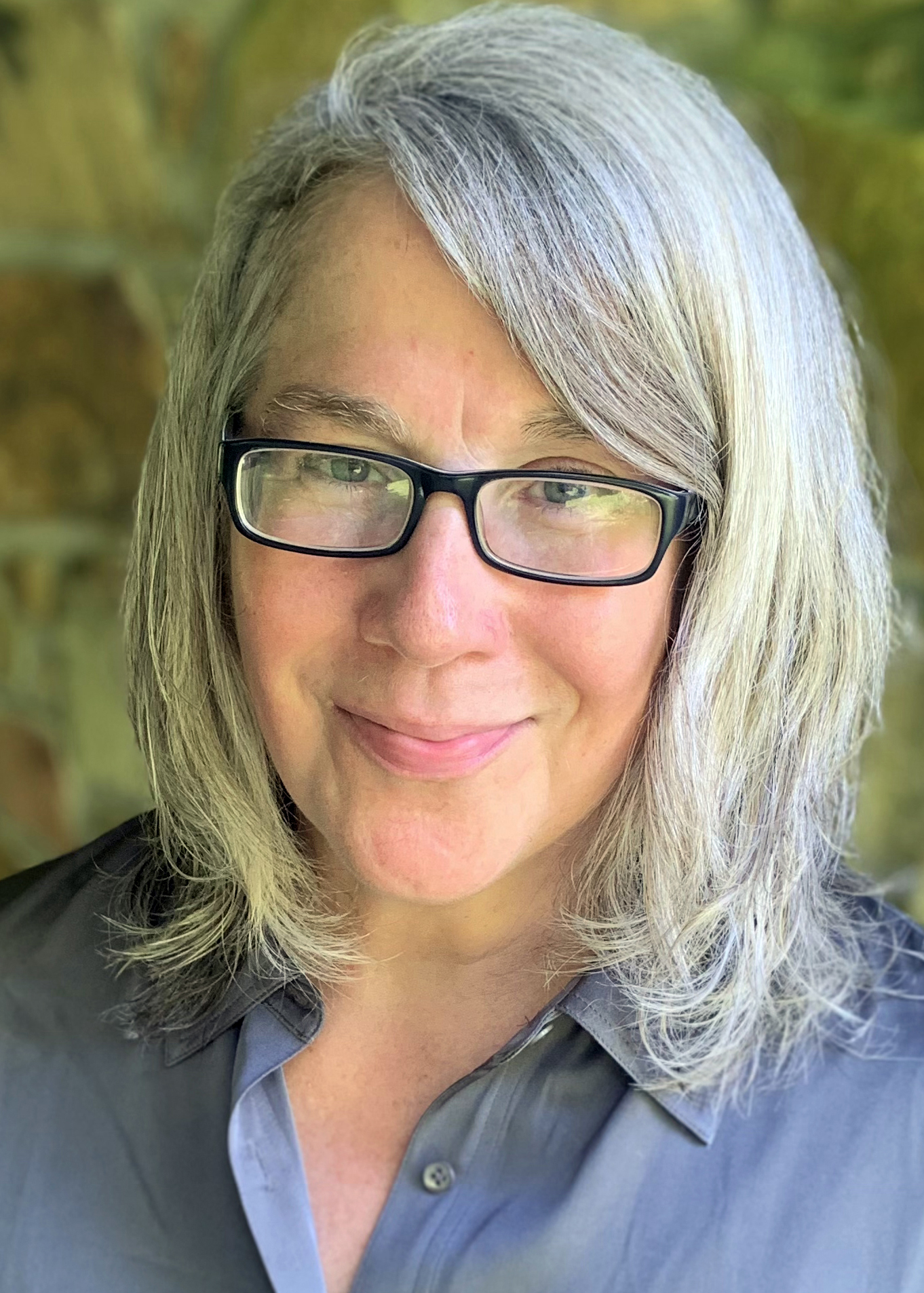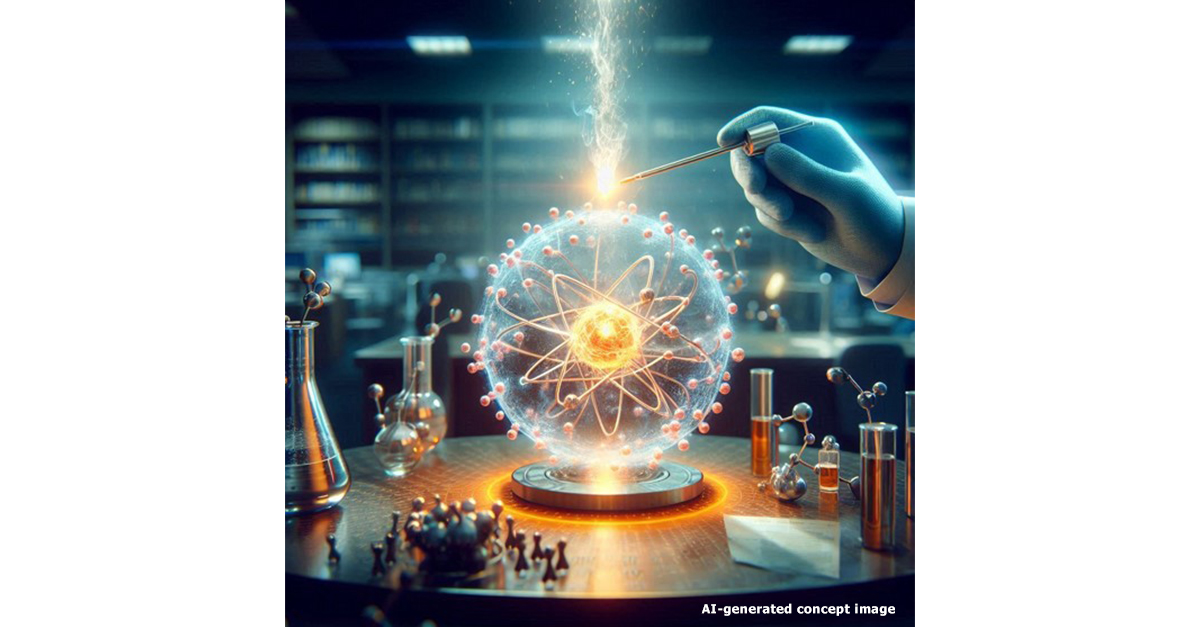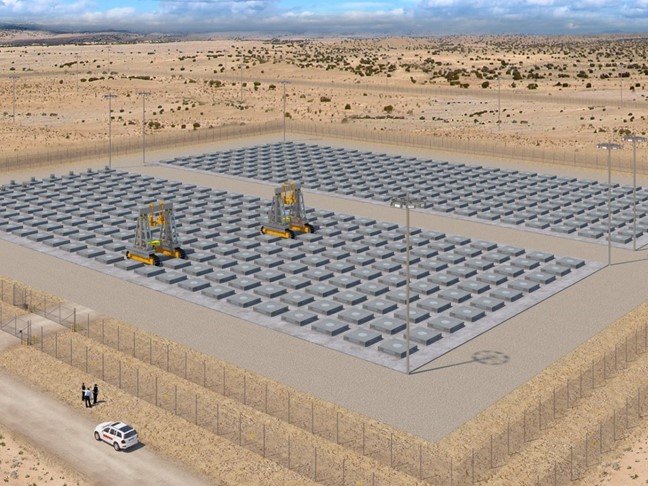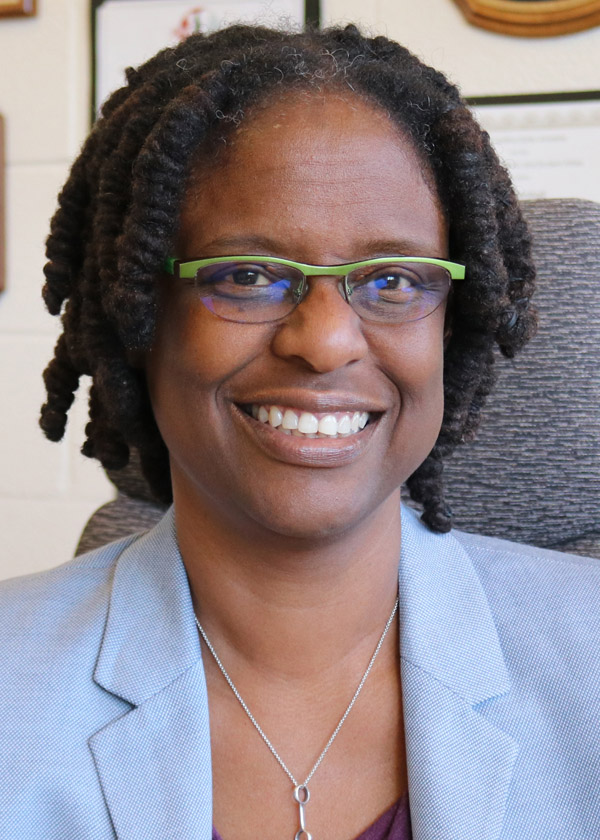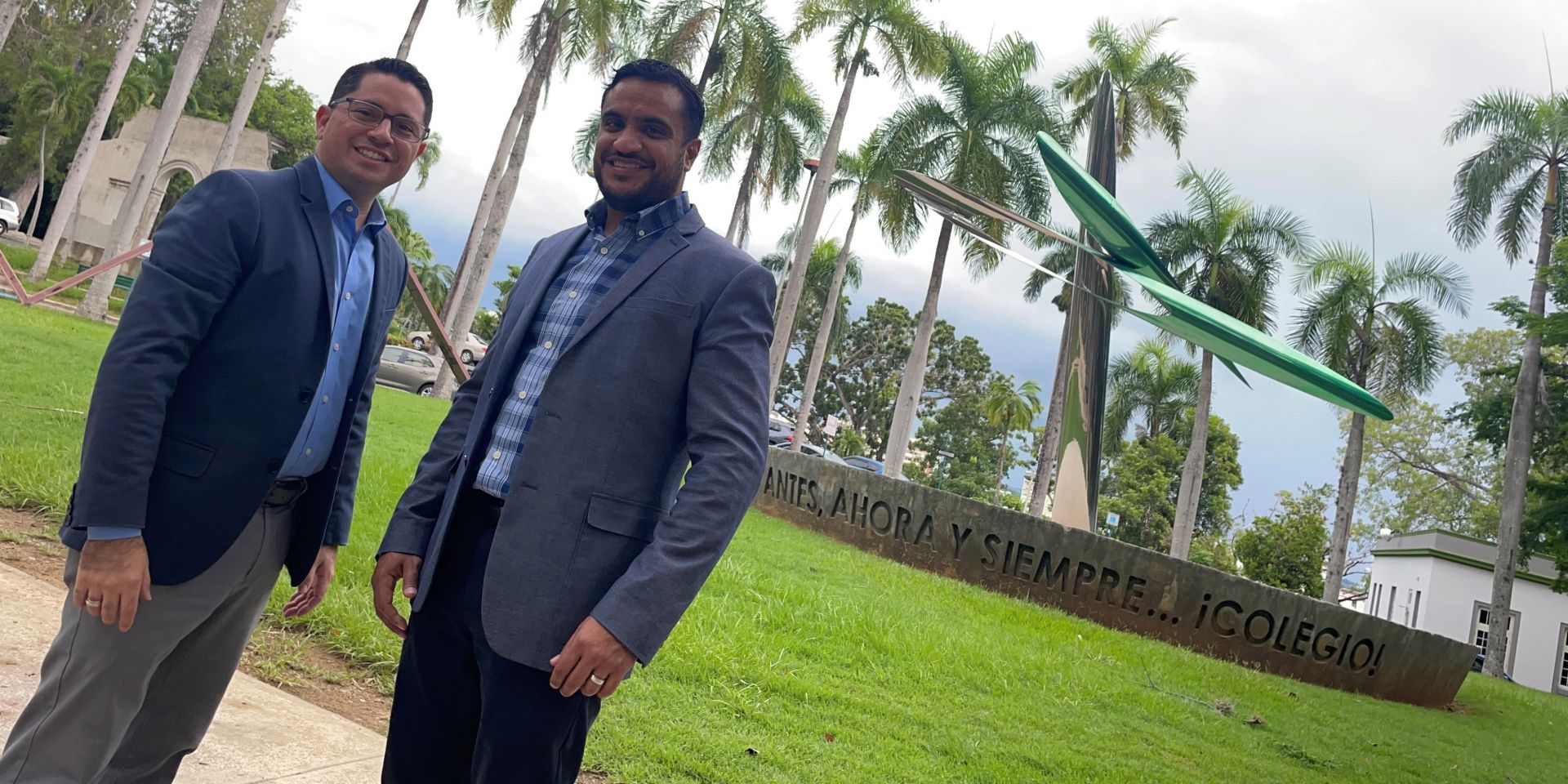Average electricity price and the impact of the European electricity crisis. (a) and (b) The colormap shows the average day-ahead spot market price for each bidding zone before and during the European electricity crisis. (c) The colormap shows the ratio of the average price during and before the crisis. In some bidding zones, the prices increase up to a factor of almost six. (Image: AIP)
A statistical analysis of the factors behind the 2021–22 energy crisis in Europe is the subject of the article “Patterns and correlations in European electricity prices,” published in the journal Chaos: An Interdisciplinary Journal of Nonlinear Science. The study—conducted by researchers at the Institute for Energy and Climate Research at Forschungszentrum Jülich and the University of Cologne, both in Germany, and the Norwegian University of Life Sciences—describes reasons for the surge in energy prices that go beyond the commonly cited cause of Russia’s invasion of Ukraine.
Mersin Province (in red) in Turkey. (Image: TUBS)
While commissioning began earlier this year at Turkey’s first nuclear plant, new reports say the project is delayed by sanctions against Russia due to its military invasion of Ukraine.
An aerial photo of Three Mile Island nuclear power station. (Photo: Constellation)
Constellation Energy is in talks with the governor’s office and state legislators about funding to restart a unit at Three Mile Island nuclear plant, Reuters has reported. The ongoing talks have been described as “beyond preliminary” by two sources.
Ukraine's Zaporizhzhia nuclear power plant, prewar. (Photo: Energoatom)
An external radiation monitoring station was taken out by shelling and fire near the Zaporizhzhia nuclear plant in Ukraine the last week of June.
This brings the total to four of the plant’s 14 radiation monitoring sites that are out of commission, further reducing the effectiveness of its off-site capability to detect and measure any radioactive release during an emergency, said IAEA director general Rafael Mariano Grossi.
SRS Apprenticeship Program graduates Terrence Tillman (far right) and Shanterra Hughes share their recent apprenticeship experiences with NPR host David Brancaccio (center) and NPR sound engineer Rebekah Wineman. (Photo: DOE)
A new radio series on National Public Radio’s “Marketplace Morning Report” recently highlighted career opportunities and job training at the Department of Energy’s Savannah River Site.
To listen to the radio segment, click here.
Nuclear power plants in operation or under construction as of May 2024. (Source: IAEA)
The recent article “How Innovative Is China in Nuclear Power?” published by the Information Technology and Innovation Foundation (ITIF) describes how China has become the world’s leading proponent of nuclear energy. The reason, the article maintains, is because its nuclear industry has been “supported by a whole-of-government strategy that provides extensive financing and systemic coordination.”
Concept art of Holtec’s proposed HI-STORE CISF in New Mexico. (Image: Holtec)
Holtec International announced that it has petitioned the U.S. Supreme Court to overturn the Fifth Circuit’s March 2024 ruling that vacated the license for the company’s HI-STORE consolidated interim storage facility (CISF) for commercial spent nuclear fuel in southeastern New Mexico.
Marcos Rolón-Acevedo (left) and Robert Roche-Rivera pose at UPRM at the beginning of their adjunct professorships in August 2023. (Photo: NRC/UPRM)
Robert Roche-Rivera and Marcos Rolón-Acevedo are licensed professional engineers who work at the U.S. Nuclear Regulatory Commission. They are also alumni of the University of Puerto Rico–Mayagüez (UPRM) and have been sharing their knowledge and experience with students at their alma mater since last year, serving as adjunct professors in the university’s Department of Mechanical Engineering. During the 2023–2024 school year, they each taught two courses: Fundamentals of Nuclear Science and Engineering, and Nuclear Power Plant Engineering.
The waste management panel, from left: moderator Todd Allen, Fred Dilger of Nevada, Katrina McMurrian of the NWSC, the DOE’s Paul Murray, Jenifer Shafer of ARPA-E, and Kuhika Gupta of the University of Oklahoma. (Photo: ANS)
With increasing demand for clean, reliable, and safe sources of energy, the conversation around nuclear energy is changing. And so too is the conversation around nuclear waste, even as the country struggles to find a path for the disposal of its spent nuclear fuel and high-level radioactive waste. From community engagement, to recycling, to existing success around other forms of nuclear waste management, the conversation around nuclear waste has many different angles, and an executive session of the American Nuclear Society’s 2024 Annual Conference in Las Vegas aimed to delve into some of those discussions.



